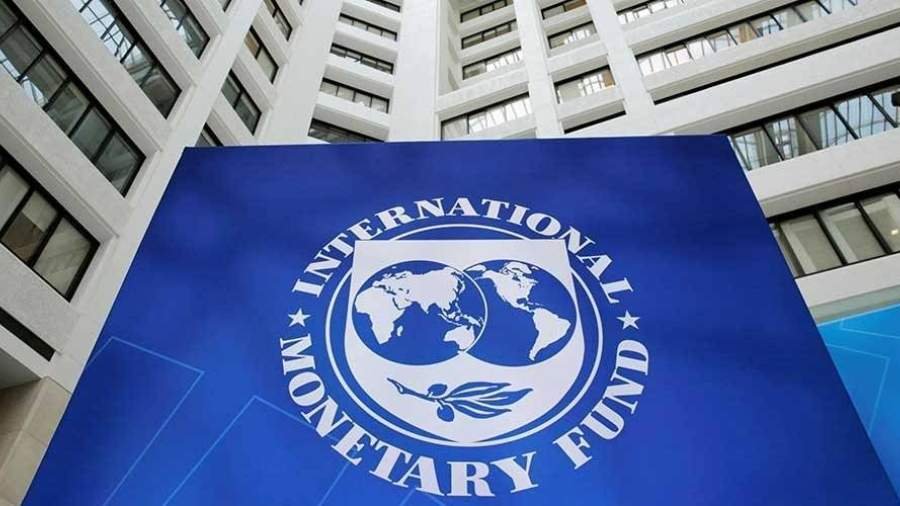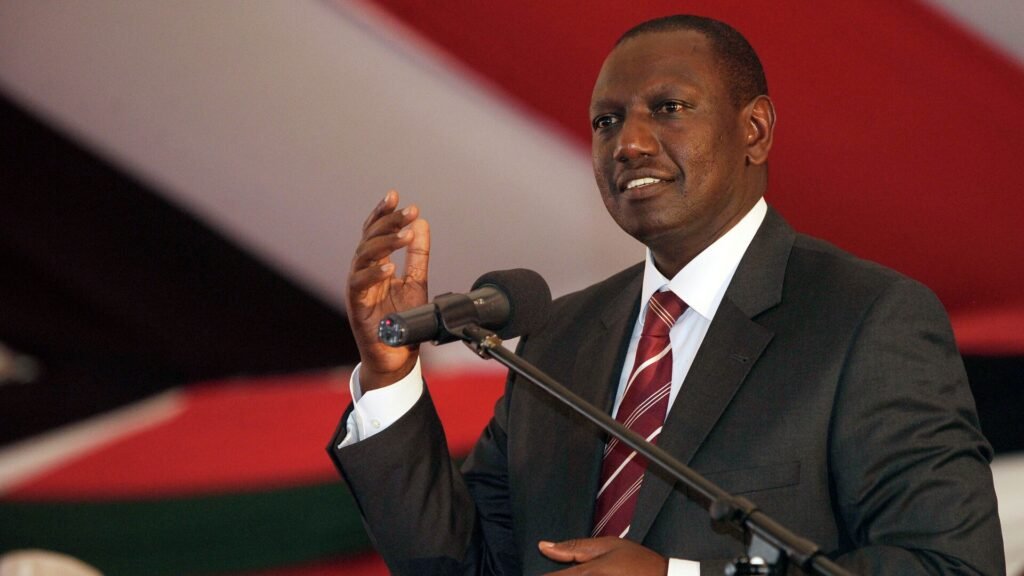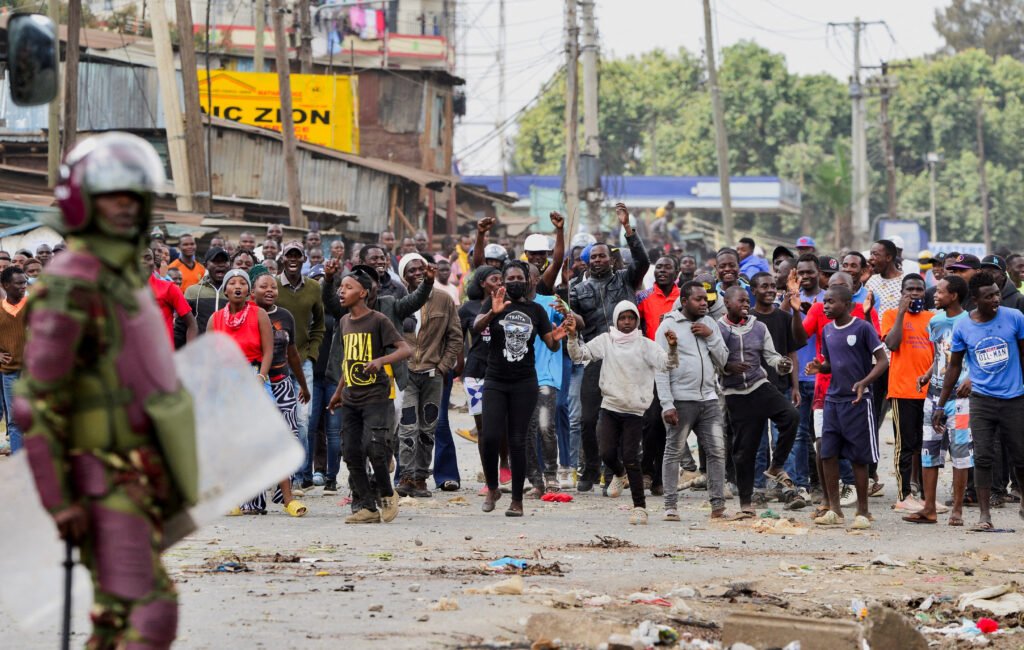Kenya’s Uprising: A Youth-Led Movement Against Economic Austerity and State Repression
In recent months, Kenya has been gripped by a wave of protests unprecedented in its scale and intensity, as tens of thousands of young Kenyans have taken to the streets, challenging the country’s political elite and its neoliberal policies. Sparked by the controversial Finance Bill 2024, which sought to impose new taxes on basic goods amid a worsening cost-of-living crisis, the protests have grown beyond economic grievances, calling for systemic change and accountability in governance.
Initially introduced by President William Ruto under pressure from the International Monetary Fund (IMF) to raise over $1.5 billion for debt repayment, the Finance Bill was touted as necessary for national stability. However, critics argue that it targeted Kenya’s most vulnerable populations, forcing the working class and poor to shoulder the burden of the nation’s debt. Despite Ruto’s eventual withdrawal of the bill following weeks of demonstrations, his government continues to pursue austerity measures that have further alienated the masses.


An Escalating Struggle and the State’s Response
The protest movement, spanning more than 20 counties, has seen Kenyans from Nairobi to Mombasa uniting against what they see as exploitative policies imposed by both local and international forces. The rallies quickly intensified after security forces were deployed to crack down on demonstrators, with dozens killed and hundreds injured in clashes. This violence has only hardened the resolve of the protesters, who now see the struggle as extending beyond the Finance Bill to the very nature of Kenya’s political structure.
In response, Ruto’s administration has oscillated between repression and attempts at appeasement. While publicly announcing the Finance Bill’s suspension, Ruto has concurrently enacted budget cuts affecting essential services, including healthcare and education, to satisfy IMF requirements. The administration has also made moves to control protest actions by blocking highways, using provocateurs to incite looting, and deploying the military in major cities. This strategic approach aims to weaken the movement by creating public dissent and divisions among protesters, casting them as chaotic or criminal elements.
“Leaderless, Tribeless, and Fearless”: A New Kind of Movement
One of the most notable aspects of this uprising is its decentralized nature. Unlike past movements in Kenya, which were often led by established political figures and organized along ethnic lines, this youth-led revolt has rejected the traditional politics of tribalism and patronage. Protesters have embraced a “leaderless” model, fostering a culture of solidarity and mutual aid that extends to providing food, medical care, and legal support to those affected by the violence.
This shift represents a direct challenge to Kenya’s ruling class, who have historically used tribal affiliations to maintain control and divide opposition movements. By transcending these divisions, young Kenyans have not only mobilized a broader base but also signaled a desire to reimagine governance beyond the constraints of traditional politics. Kenyan journalist Patrick Gathara notes that this movement has successfully organized itself without a central leadership, reducing the risk of co-optation or suppression by the state.
The Role of Global Powers and Kenya’s Geopolitical Importance
Kenya’s strategic significance has grown over recent years, especially to the United States and NATO. As a key U.S. ally in Africa, Kenya receives substantial military support, hosting one of the largest U.S. embassies on the continent and several American military bases. The U.S. has leveraged Kenya’s military presence in counterterrorism operations in Somalia and Yemen, securing Kenya’s cooperation through aid and defense agreements. President Ruto’s recent designation as a “major non-NATO ally” and his commitment to lead U.S.-backed security interventions in Haiti and the Red Sea underscore Kenya’s role in Washington’s regional strategy.

The Biden administration has publicly condemned Kenya’s police violence, yet this criticism has been muted. The importance of maintaining a stable partner in the region likely influences U.S. restraint, as instability in Kenya could jeopardize American interests in the Red Sea and East Africa amid growing Chinese and Russian influence on the continent.
The Next Steps for Kenya’s Revolutionaries
Despite Ruto’s symbolic concessions, including firing and rehiring members of his cabinet, his underlying economic policies remain unchanged. Rather than tax increases, the administration has shifted toward austerity measures, introducing cuts to public spending that disproportionately impact the working class. This has only strengthened the resolve of Kenya’s youth, who now see the Finance Bill’s withdrawal as a shallow victory in a larger struggle for systemic change.
As the movement faces increased repression, organizers are calling for the establishment of revolutionary committees across workplaces, schools, and communities. These committees would not only provide a framework for grassroots leadership but also facilitate direct action, such as coordinating strikes and mobilizing working-class support to paralyze the economy. This form of organization, proponents argue, could unite the population across sectors and even foster solidarity within the armed forces, whose rank-and-file soldiers may sympathize with the protesters’ cause.
A Vision for Kenya’s Future Beyond Capitalism
The Kenyan uprising has evolved from a response to austerity into a challenge to the capitalist system that perpetuates inequality. Activists are advocating for a new model of governance that prioritizes public welfare over the interests of global capital. Key demands include free healthcare and education, job creation through public works, an end to land grabbing, and the expropriation of industries and banks controlled by the elite. These demands reflect a desire for a government that is accountable to the people and capable of addressing the material needs of the nation’s poorest citizens.
Kenya’s youth have demonstrated that they are not just fighting for economic reforms but for a revolutionary transformation. As this movement grows, it has the potential to inspire similar actions across Africa and beyond, highlighting a global struggle against neoliberal policies and Western imperialism. If sustained, this movement could redefine democracy in Kenya, shifting power from the elite to the hands of its people and fostering a government rooted in equity and collective ownership.

